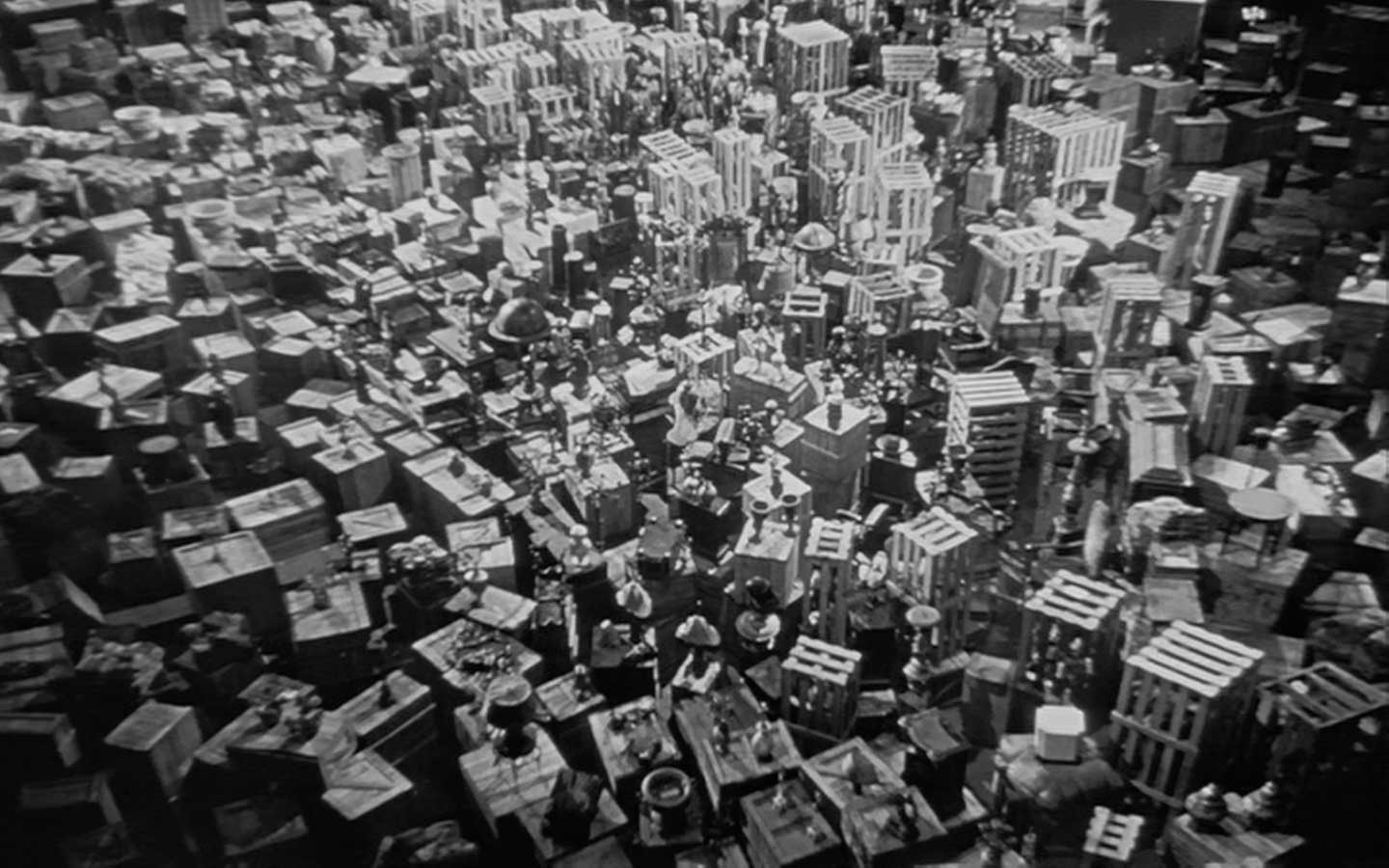
LOS ANGELES TIMES: The bunkers are a repository containing nearly 100 miles of shelves stacked with some 6 million items: reels of film; kinescopes; videotape and screenplays; magnetic audiotape; wax cylinders; shellac, metal and vinyl discs; wire recordings; paper piano rolls; photographs; manuscripts; and other materials. In short, a century’s worth of the nation’s musical and cinematic legacy. This is the Library of Congress’ $250-million Packard Campus for Audio-Visual Conservation, a 45-acre vault and state-of-the-art preservation and restoration facility on Virginia’s Mt. Pony. It’s here that a recent donation from Universal Music Group, nearly a quarter-million master recordings by musicians including Duke Ellington, Billie Holiday and Bing Crosby, is now permanently housed. Some staff members busy themselves daily cleaning and gluing fragile 100-year-old films back together; others meticulously vacuum dust from the grooves of ancient 78 rpm discs, which are washed before being transferred to digital files that can be accessed by scholars, musicologists, journalists, filmmakers, musicians and other visitors. As part of the Library of Congress, this trove is available to anyone, free. The library’s main storage facility induces a chill, literally: It’s kept at 50 degrees and 35% relative humidity to prevent materials from degrading. It’s even frostier at the opposite end of the property in the vault for volatile nitrate film, which is cooled to 35 degrees. […]
The breadth of the library’s stock is impossible to summarize.It possesses tens of thousands of lacquer discs from NBC Radio, including the network’s complete archive of World War II coverage; documentarian Tony Schwartz’s trove of audio recordings from the streets of New York; and half a million LPs, among which are dozens of surf and hot-rod music-themed discs that Capitol Records issued in the ’60s to capitalize on those crazes, including “Hot Rod Hootenanny” by Mr. Gasser & the Weirdos, with cover art and songs co-written by fabled car designer Ed “Big Daddy” Roth.The sound vault is so extensive that when Universal Music Group’s gift was announced, Gene DeAnna, who heads the recorded sound section, didn’t bat an eye. The new donation, which takes up a mile of linear shelving space, is one of the largest single gifts to the library ever. But it represents only about a 1% expansion of the audio collection, which typically grows by 120,000 to 150,000 items per year, about two-thirds of which is sound recordings. And within are essential recordings of the American experience. MORE
RELATED: Desperate to get her hands on an instrument, Cotten went door to door looking for work. She earned enough money to buy her first guitar, a Stella. “From that day on, nobody had no peace in that house.,” she’d say with a laugh. Cotten mastered the guitar and at about the age of 12 composed her most famous song, Freight Train. Influencing the guitarists of the time–parlor guitar players, traveling musicians, medicine and minstrel showmen, and local musical stylists–Cotten developed an extensive repertoire of standards, dance tunes, and rags. Her music included original compositions, instrumental and vocal tunes, and arrangements of others’ music. Dana Klipp, one of her guitar accompanists in later years, explains, “Although influenced by others that she had heard, Elizabeth was a true, original source, going back to the turn of the century. She was a link to that authentic style. Being one of the discoveries during one of the folk boom of the 1950’s, she was able to leave behind a great recorded documentation of her playing style.” Cotten’s music, he says, was “often labeled as blues but had more ragtime influence…Her style of playing left-handed on a right-handed guitar was unique, producing a sound unlike anything a right-handed player could simulate. This technique gives her music a softer, almost classical sound. A combination of her unparalleled technique and her custom of using light strings contributed to the sound.” Cotten married at 15 and eventually gave birth to her only child, Lillie. At this time in her life, Cotten added religious songs to her ever-increasing repertoire. The church was a great source of joy and comfort to her all of her life, but there was one hitch: the deacons of her church told her that she must give up her “worldly music.” After learning many “church songs,” as she called them, and finding that they were no substitute for the other music she loved, Cotten set her guitar aside for nearly forty years. MORE
